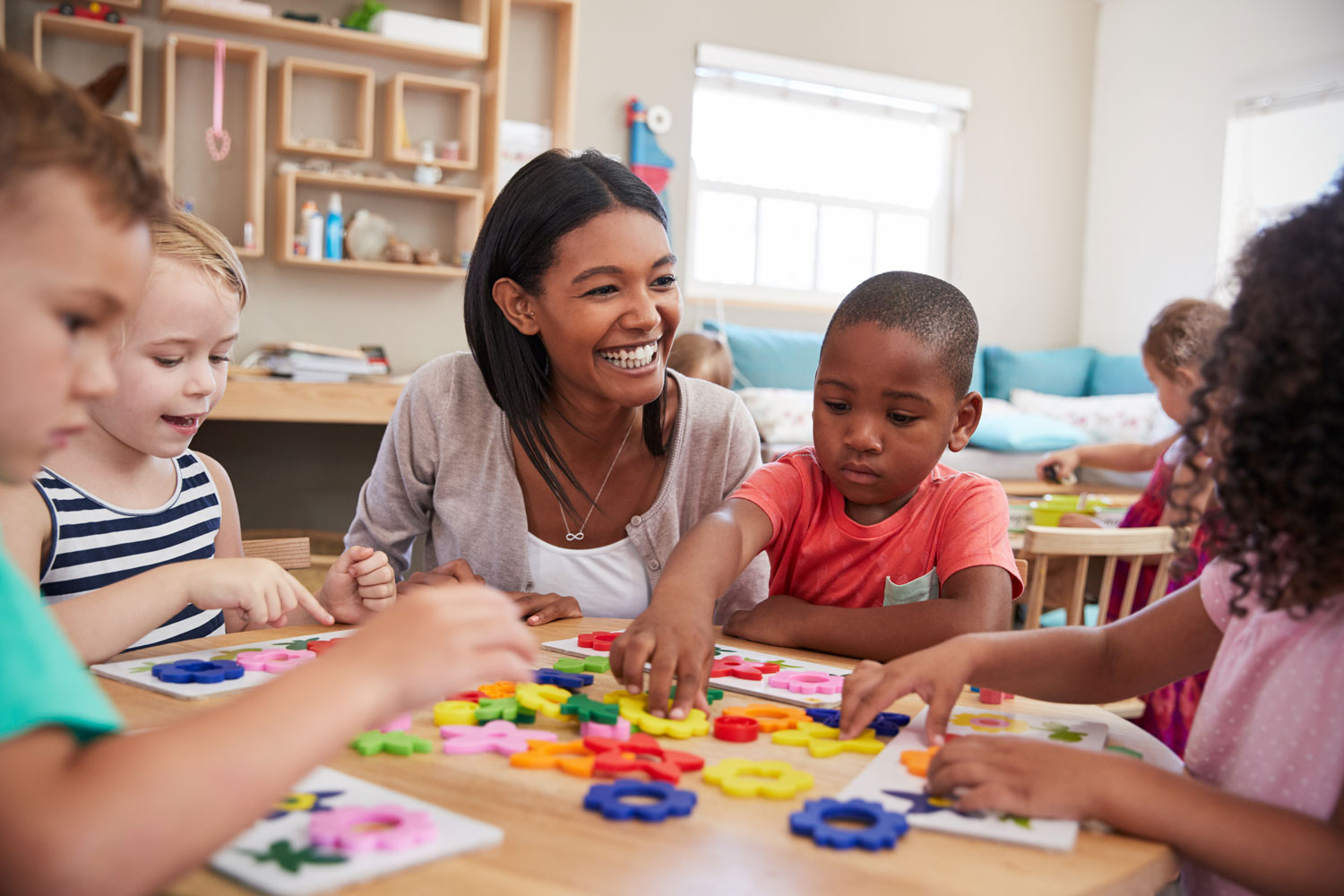How to Have Fun with Playdough and Preschoolers – The Hanen Way!

Toddlers (18 months - 2½ years) enjoy exploring and experiencing things using all their senses. They love to explore how objects and materials feel and the many different things they can do with these objects and materials. These “sensory” experiences help develop connections in toddlers’ brains and provide opportunities for cognitive, language and motor skills to grow.
Playing with your child 'The Hanen Way' means building in opportunities for your child to be a very active participant in the play. You’ll be encouraging her language development while connecting and having fun together!
Start out by making the playdough from the recipe below. Then follow the steps to making playdough a fun and creative activity, filled with language learning opportunities.
Recipe for Playdough
- 1 cup of all purpose flour
- 1 cup of water
- 1/2 cup of salt
- 1 TB of oil - any oil will do
- 2 TB of cream of tartar
- 1/8 to 1/4 tsp of food coloring paste
Possible Additional Materials
No fancy materials are needed. If you wish, you may use:
- Stir sticks
- Plastic knife
- Large stones
- Strips of cardboard
We recommend that you avoid store bought toys and utensils such as cookie cutters, shapes etc. that come with a play dough set.
Why?
- Because toddlers should be encouraged to develop their senses by exploring and experimenting - we want to avoid toys and activities that encourage toddlers to create specific objects since they may not be developmentally ready for this yet.
- Because we want to encourage creativity - children learn creativity when adults give them materials and let them go to it, without instruction, direction or suggestions. Store bought materials usually have one specific use, which can stifle creativity.
Goals
The goals of a playdough activity with your toddler are simply to:
- Encourage free exploration of the materials
- Interact back and forth with you about what he is doing
- Learn some interesting new words that label his interests and actions
- Have fun!
How to play with your toddler using playdough
Let your child help you make the playdough.
Then...
- Put the playdough in a ball in front of your child on a table. Have the stir sticks, stones, cardboard strips etc. on the table, should your child want to use them.
- Take a ball of playdough for yourself.
- Don’t say or do anything! Observe, wait and listen to your child.
Observe, wait and listen
Observe, wait and listen means:
Observe – your child’s actions (without saying or doing anything yourself)
See whether he pokes, pulls, or rolls the playdough, whether he reaches for the objects, and how he uses them. Observe exactly what he seems to be interested in – give it at least 30 seconds.
Wait – for your child to do or say something
Sit quietly and wait, without speaking. Avoid showing your child what you think he should do with the playdough. Just squeeze or roll your own playdough slowly. Your goal is to give your child an opportunity to do what HE wants to do FIRST.
Listen – to what your child says, without interrupting.
If he says something, respond and show interest, but avoid telling him what to do or asking questions that test him, such as “What is that?” or “What are you making?” He doesn’t know yet.
Once he seems to have found something that he likes doing, then Join in the Play.
Join in the play
Join in the play means:
- Use your own toys (rather than taking or trying to share your child’s toy)
- Look at what your child is doing and show your interest
- Play like a kid – play how your child is playing. Copy him and have fun!
- Describe what he is doing. For example: “Oh! You’re poking holes in the playdough with your stick. Let me try that”. Keep your comments short and then wait (without speaking) for him to say or do something again.
- Add an interesting comment from time to time. For example: “I cut a giant piece. Look how big this piece is!” Make sure your comments are related to your child’s focus. It is important not to change the activity or tell your child what to do.
If you follow the guidelines for this activity, you will probably notice that your child:
- played for a long time (maybe longer than usual)
- “got into” the activity, manipulating and experimenting with the play dough
- communicated with you frequently, giving you opportunities to respond and stay in the conversation
This approach to playing with playdough with your toddler comes from It Takes Two to Talk® (Pepper and Weitzman, 2004), a practical guidebook for parents who are concerned about their child’s language development.
Click on the links below to find out more about how Hanen can help you help children communicate:
Similar articles by tag:
